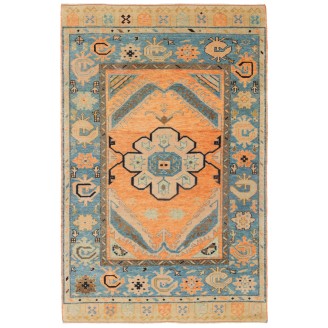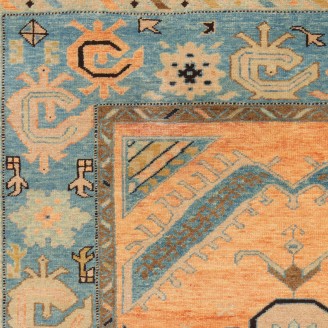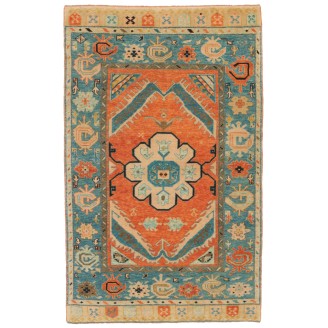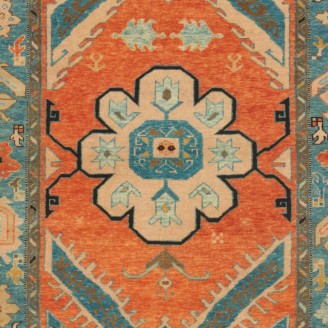Anatolian Medallion Carpet
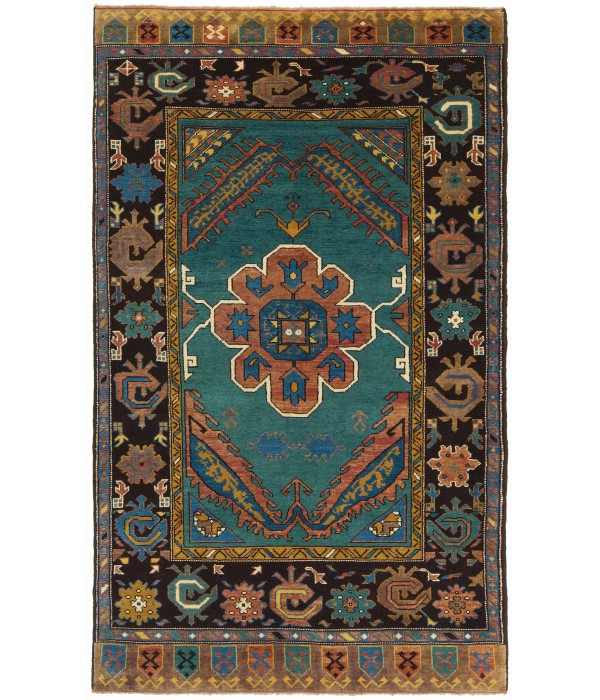
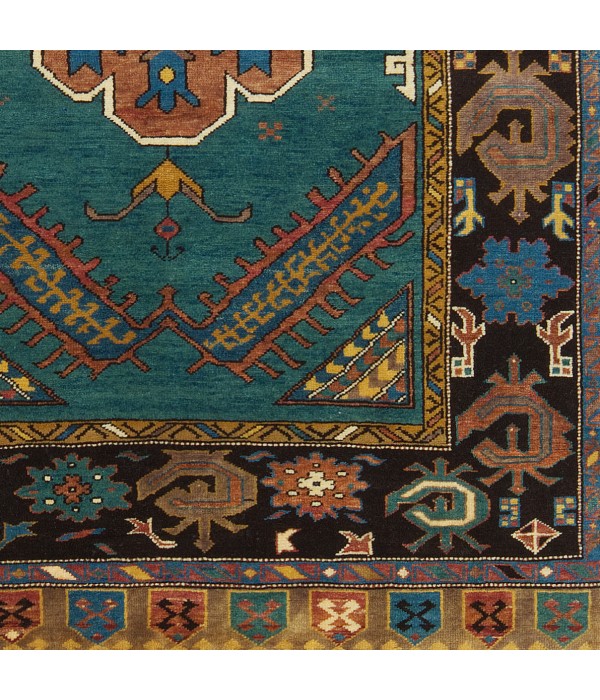
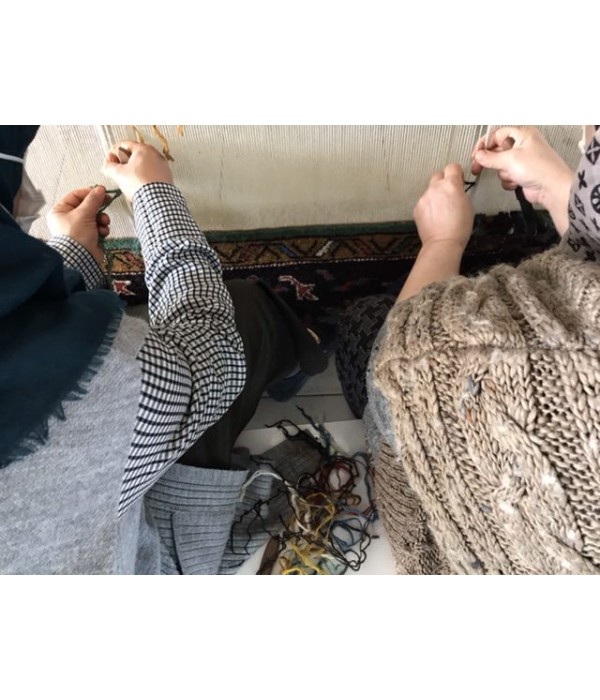
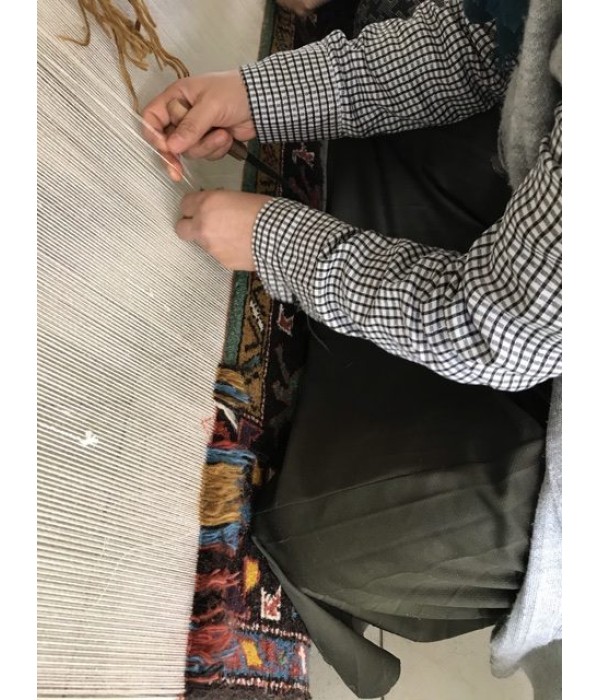
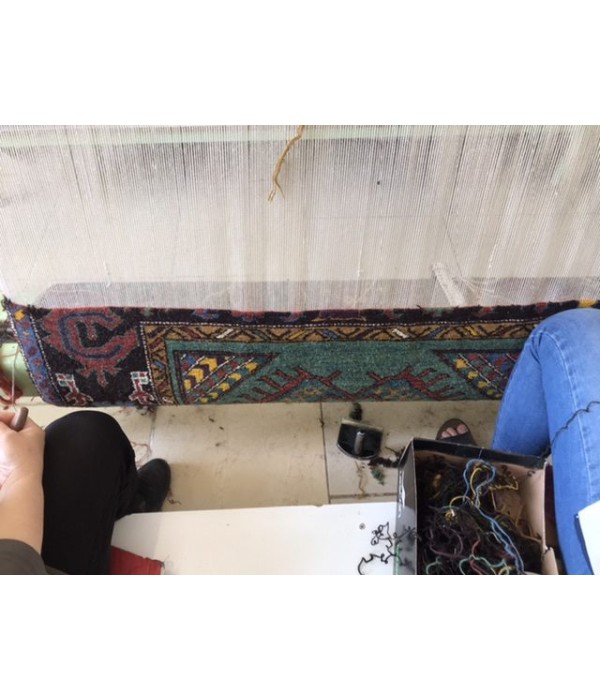
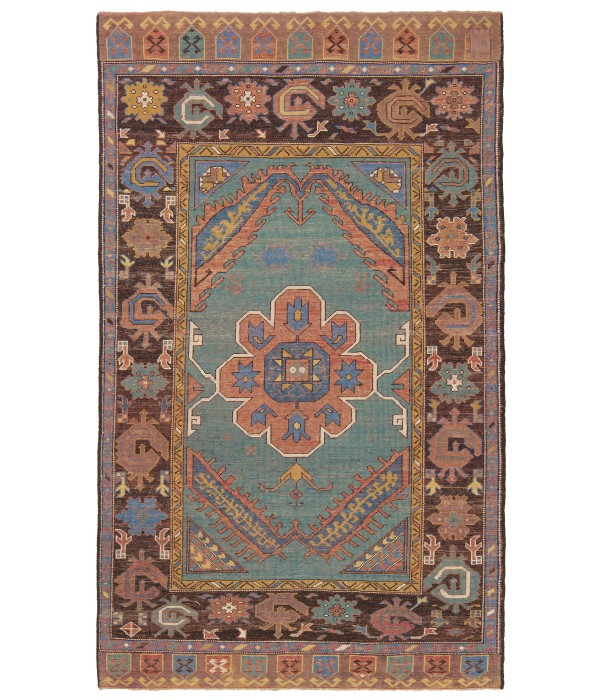
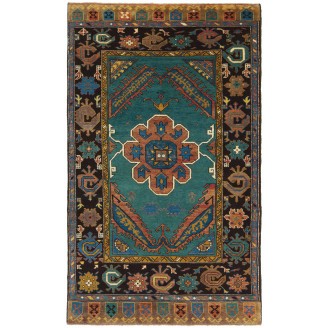
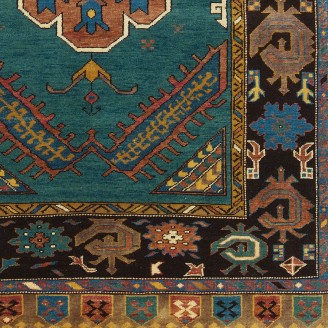
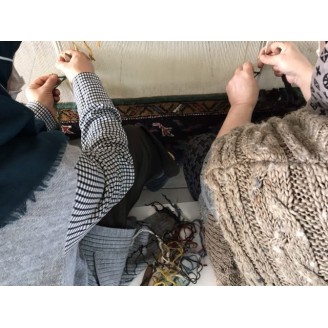
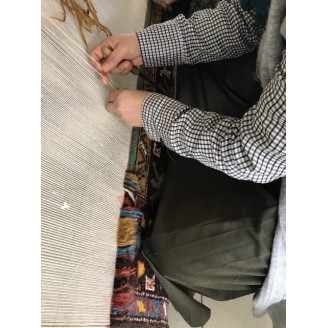
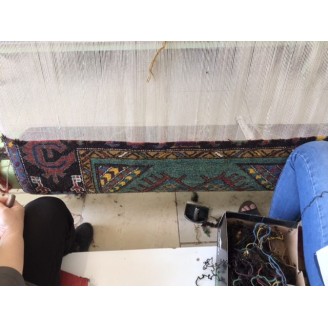
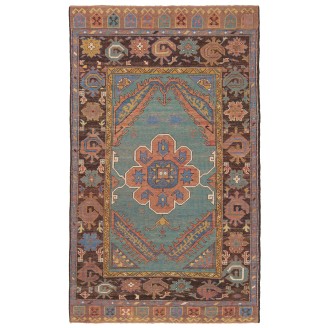
Model: ART00363Anatolian Medallion Carpet
Group: Anatolian Rugs Family
Area: Konya Region
Material of Pile: Natural Dyed Hand-spun Wool
Material Warp / Weft: Wool on Wool
Structure: Symmetrical knot
Knots Density: 36x29
Pile (mm): 4
Production Place: Southeastern Anatolia – Gaziantep Province - Oğuzeli
Weight: 6.40kg
Location: Istanbul
Stock: In Stock
Dimensions:
The source of carpet comes from the book Orient Star - A Carpet Collection, E. Heinrich Kirchheim, Hali Publications Ltd, 1993 nr.178. This is an unusual border drawing, medallion carpet design 16th-century carpet from the Konya region, Central Anatolia area, Turkey. A detail in the border drawing is so unusual that it must be mentioned: it forms an almost closed circle that leaves a small opening to one side. Either it can be a strongly curled leaf or a shell which is often given an amuletic function in rural textiles. Among specialists, Anatolian carpets kilims are believed to record symbols of ancient values and ideas, a tradition that dates back several millennia and was only displaced during the industrial age. The Anatolian kilim design tradition probably owes its lucky survival to the fact that pile-woven carpets look more precious and would already have had a higher prestige value several millennia ago. Kilim weaving was, therefore, able to survive undisturbed within an intact cultural context for a long period of time. The design of this rug is interpreted with a series of borders and the most appropriate colors to match the original are used for this rug.
Color summary: 9 colors in total, most used 4 colors are;
Color summary: 9 colors in total, most used 4 colors are;
- Dark Brown 316 (No Dye)
- Russian Green 418 (Henna - Indigo)
- Salmon 536 (Madder Root)
- Celtic Blue 22 (Indigo)
Dimensions:
4 ft 1 in x 6 ft 8 in ( 125cm x 205cm )
Price:
$2,900
Ex Tax: $2,900

